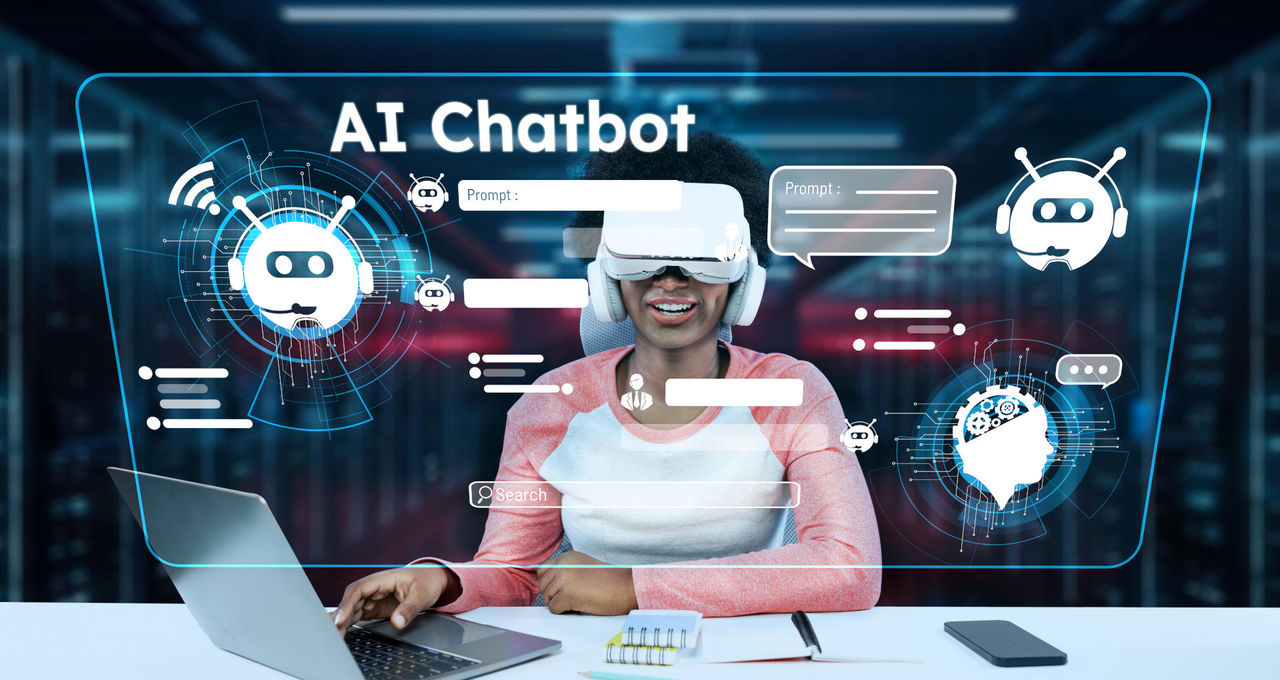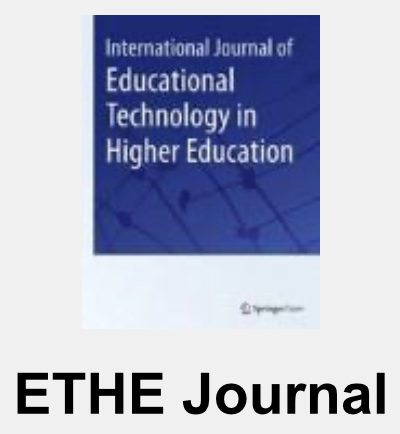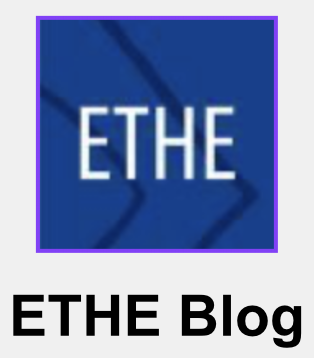New Article on Augmented Reality in Higher Education by Delsa Silva Amino Cufuna, Gizéh Rangel and Josep M. Duart
Learn more about the potential of Augmented Reality (AR) in this new study by Delsa Silva Amino Cufuna, predoctoral researcher of UOC’s Doctoral Programme in Education and ICT (e-Learning), Delsa’s research is led by Josep M. Duart from Edul@b Research Group. The article is titled “Augmented Reality in Higher Education: Interactions in LLM-Based Teaching and Learning” and Gizéh Rangel-de Lázaro, post-doctoral researcher, is one of the authors.
The integration of Augmented Reality (AR) and Large Scale Language Models (LLMs) is key In order to help the development of digital competencies in future teachers. Through focus groups, this study analyzes how these tools can enhance the educational process. AR and LLMs were an incentive to increase the collaborative and interactive learning, creating a renewed motivation for students and helping them in the their learning journey. This study shows how including emergent technolgies in the teaching-learning procedures can effectively help to boost digital competencies. Also, as a general clousure, how new technologies can produce an outstanding benefit for teachers while included in their teaching methodologies.
Abstract
With the increasing demand for pedagogical innovation in the digital age, this study focuses on the integration of Augmented Reality (AR) and Large Scale Language Models (LLMs) to enhance the digital competencies of future teachers. Through a qualitative approach, a focus group of six simulated LLM participants was used to examine how this emerging technology can enhance teaching-learning procedures. The methodology included group interviews or focus groups, looking to capture the depth of the educational experience enriched by these tools. The results showed a noticeable increase in student motivation and engagement, evidencing an improvement in their digital and problem-solving skills. The use of AR, in combination with LLMs, eased more interactive and collaborative learning, allowing participants to understand complex concepts more effectively through enriched visual experiences. This finding underscores the importance of these technologies in creating dynamic and participatory learning environments. This study’s recommendations emphasize the importance of incorporating advanced technological tools, anticipating the potential of LLMs and AR to prepare future educators in real-world contexts, and promising to transform 21st-century education. This approach not only enriches the digital competencies of future teachers but also opens pathways towards more active and participatory teaching methodologies, projecting a future where education fully benefits from technological innovation.
How to cite this article
Cufuna, D. S. A. [Delsa Silva Amino], Duart, J.M. [Josep Maria] & Rangel-de Lázaro, G. [Gizéh] (2024). Augmented Reality in Higher Education: Interactions in LLM-Based Teaching and Learning. In: Creative Approaches to Technology-Enhanced Learning for the Workplace and Higher Education (TLIC 2024) (pp. 105-114). Springer Nature DOI: https://doi.org/10.1007/978-3-031-72430-5_10






